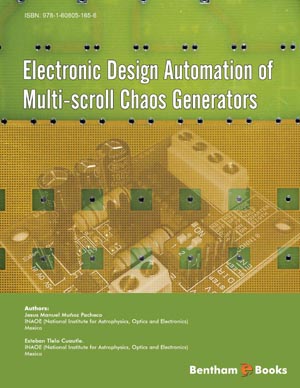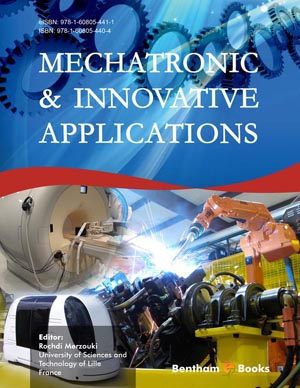Abstract
The new emerging trends in supply chain management have changed across the supply chain the role of the warehouse and the related activities. Warehouse managers report a significant increase in the number of SKUs (stock keeping unit) to manage, along with a reduction in size of orders delivered and, as a consequence, an increase in the incidence of order picking. Order Picking can be defined as the selective retrieval of unit loads from high level unit loads or of pieces or cases from racks in order to fulfill customer orders. Examples are the retrieval of cases from pallet unit load or the retrieval of pieces from cases. In this context growing attention is placed on questions such as “why automate?” and “where is the return?”. Even though the automation in material handling systems began in the early ‘60s and ‘70, nowadays it is no more a question of fashion or innovation: deciding whether to automate or not usually requires a deep investigation on which factors need to be considered before automating. The topic of automation is even more critical with respect to order picking, where the importance and the complexity of the of the picking activity have induced material handling system suppliers to introduce increasing numbers of solutions with ever greater levels of automation. This chapter presents the main solutions to design Order Picking Systems (OPSs). In particular, after illustrating a general framework to design OPS, the pros and cons of the main automatic solutions for OPS are illustrated. The chapter concludes with the presentation of a taxonomy to support the choice of the OPS.
Keywords: Automation, picking, design framework, trends, classification, picking wave, overlapping effect, picker to parts, pick to box, pick and sort, parts to picker.






